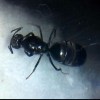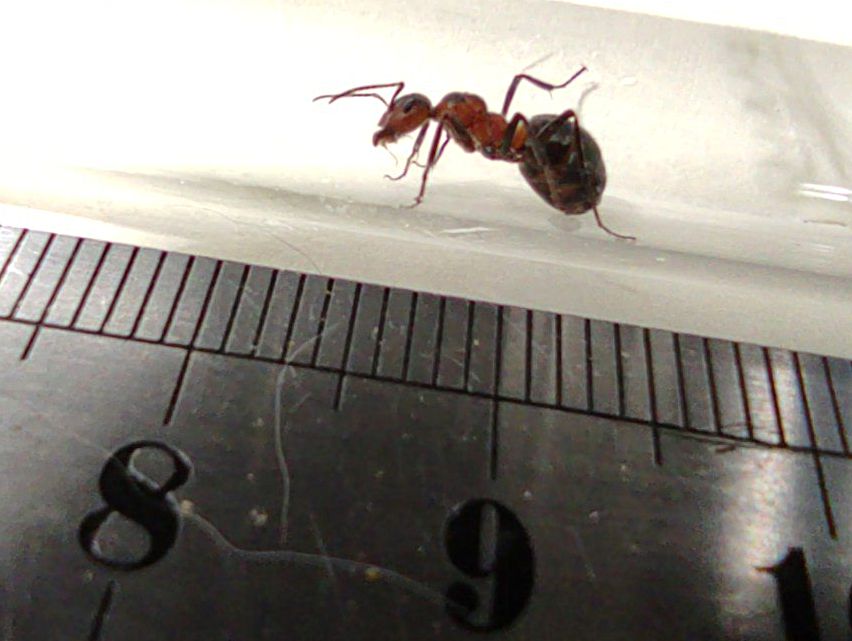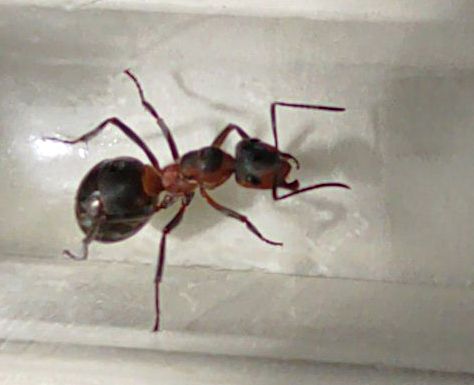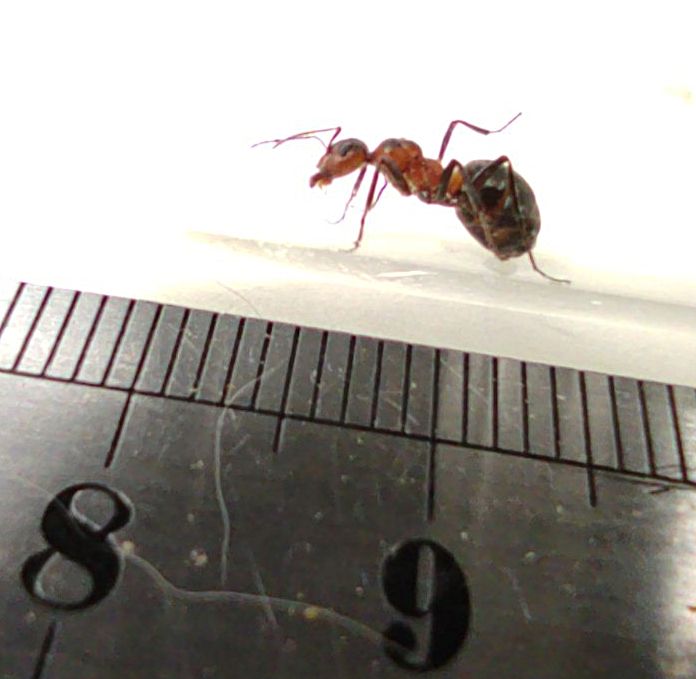Hi guys!
After a long break I'm unexpectedly back.
A while ago I was taking my hike on my usual place where I've caught my last queen ants and I've found this specimen on the side of the road.
I've been looking at this specific colony for a couple of years, very intrigued because I've never ever seen this species of ants anywhere else and it's been ages I've been thinking about capturing one for identification.
Note, straight ahead: This might not be a queen. I've looked at it quite close with a magnifying lens and I can't see any wing scars. Also I don't see the extra set of 3 eyes on top of the head. I think her gaster is big for a worker but small for a queen. This might be very well some sort of a major.
1. Location of collection
Portugal, Europe
2. Date of collection
July 21st 2025, end of the afternoon.
3. Habitat of collection
Country side, in an area cultivated with an intensive Eucalyptus monoculture (as is most of my region) and some pine trees.
The dirt road is very dry with lots of little pebbles. Very near there is a place that can accumulate rain falls and make a pond and has juncus plants, mostly dry now except for the lowest banks.
The soil is very dry.
I found this ant in the ant harvesting trail among the other ants of its colony.
A few meters away there are several colony holes on the ground. This area is shared with Messors, Camponotus cruentatus and Pheidole pallidulas.
4. Length
Around 10 - 11mm.
5. Coloration, hue, pattern and texture
The head and the thorax are reddish, somewhat transparent.
The top of the head and of the thorax are darker.
The gaster is dark brown / red, "fat" but not that long.. It has 3 thin lighter stripes.
She has little hairs on the top oh her gaster.
Please see the attached photos.
6. Distinguishing characteristics
Only one single petiole.
The beginning of the gaster has a beautiful red area.
Behavior: Very aggressive.
Once I caught her she bit my finger and didn't let go for some good 10 or 15 minutes.
Initially she had the stabbing movement of the tip of her gaster like if she was trying to sting me. I felt her bite (not painful) but I've felt no sting whatsoever.
Usually I always carry a little box on my backpack for these unexpected catches but this time I didn't have one, so I carried her for almost half an hour while walking back to the car, holding her inside my hands closed like a shell. Every now and then I could feel her biting me.
I think this behavior is more of a soldier than of a queen.
She seems to be some sort of Camponotus.
So what can she be?
Many thanks guys! Cheers.

















